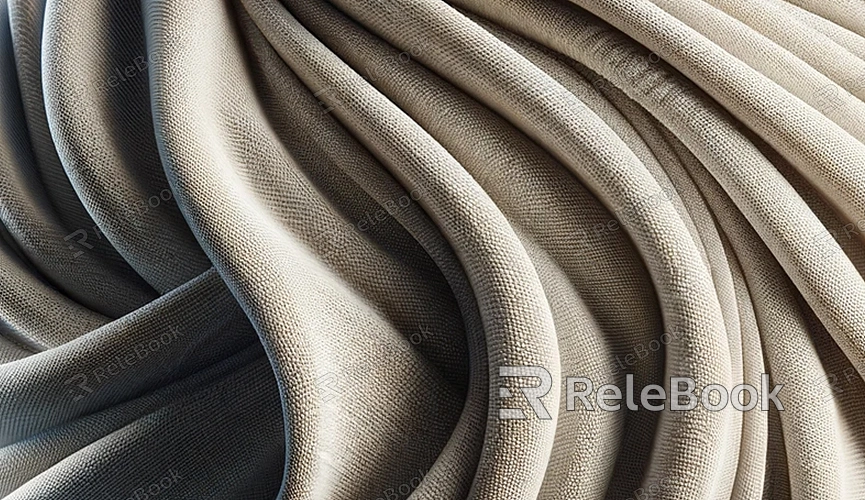How to Texture Paint in Blender?
Blender is a powerful 3D modeling software that not only allows you to create 3D models and virtual scenes but also provides the capability to paint the textures you desire. Texture painting is a crucial factor in giving models a vibrant appearance. Today, we'll guide you through the process of 3D texture painting in Blender, allowing you to enhance your model with detailed hand-painted touches. This can be a challenging task that requires a significant time investment. If you prefer not to spend time painting textures, you can also download high-quality texture resources from Relebook.

One: Prepare Your Model
Before getting started, ensure your model is ready. Import your model and make sure its geometry and UV mapping are completed.
Two: Enter Texture Paint Mode
1. Switch to the "Texture Paint" workspace. You can select "Texture Paint" from the "Workspace" in the top toolbar.
2. In the "3D Viewport," you'll see the model displaying the texture, and the "Tool Shelf" on the left will show texture painting tools.
Three: Choose and Create Textures
1. In the "Tool Shelf" under "Slots," click "New" to create a new texture slot.
2. In the "Properties" window under the "Texture" tab, adjust the size and format of the texture. Click "Image" to choose or create a texture image.
Four: Use Brushes to Paint
1. In the "3D Viewport," select the "Brush" tab. Various painting tools, such as pencil, spray, and eraser, will be available.
2. Choose a suitable brush and adjust its properties, such as color, strength, and brush size.
3. Begin painting the texture by clicking and dragging on the model. You can choose different layers and texture slots for precise control over the painting effects.
Five: Use Layers and Blend Modes
1. In "Texture Paint" mode, use layers to organize your texture. Click "Add" to add a new layer and experiment with different blend modes like Overlay, Multiply, and Transparency for more complex effects.
2. Utilize the transparency property of layers to add more details and variations without affecting the underlying layers.
Six: Save and Render
Once texture painting is complete, make sure to save your Blender file. You can select "Save" from the "Image" menu to save the texture image.
Finally, under the "Render" tab, click "Render" for the final render, or use "Material Preview" mode to view your texture painting effects in real-time.

